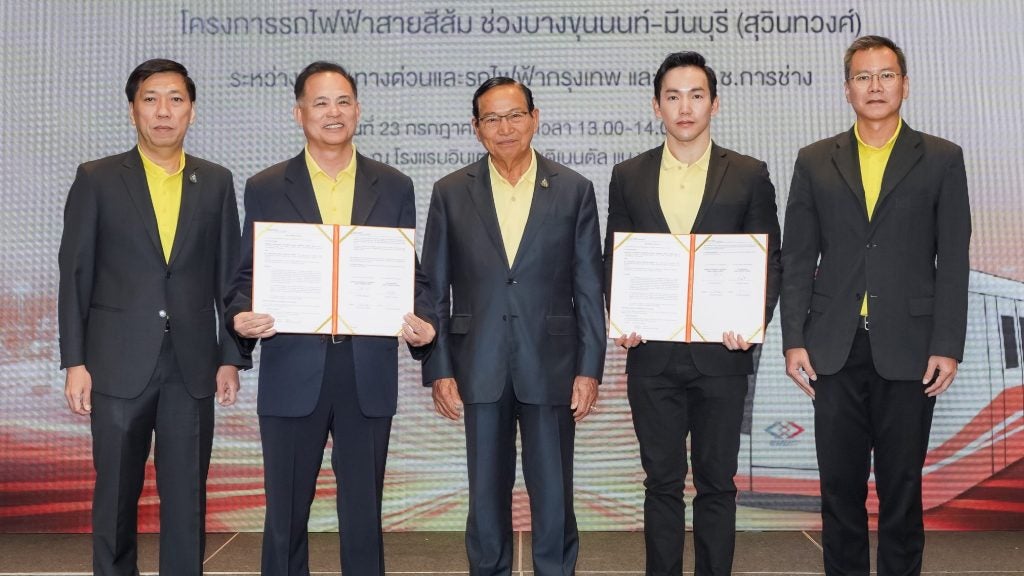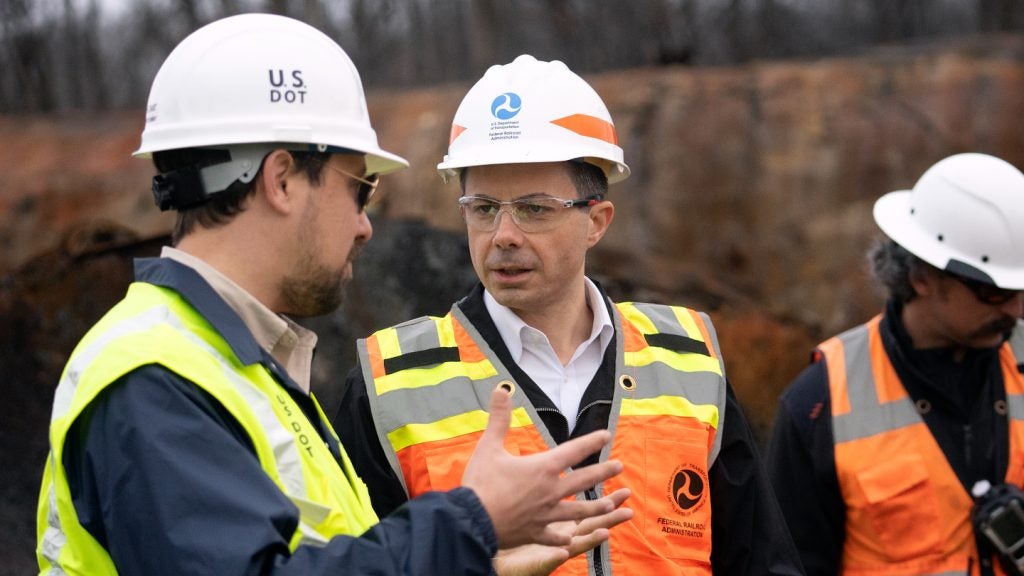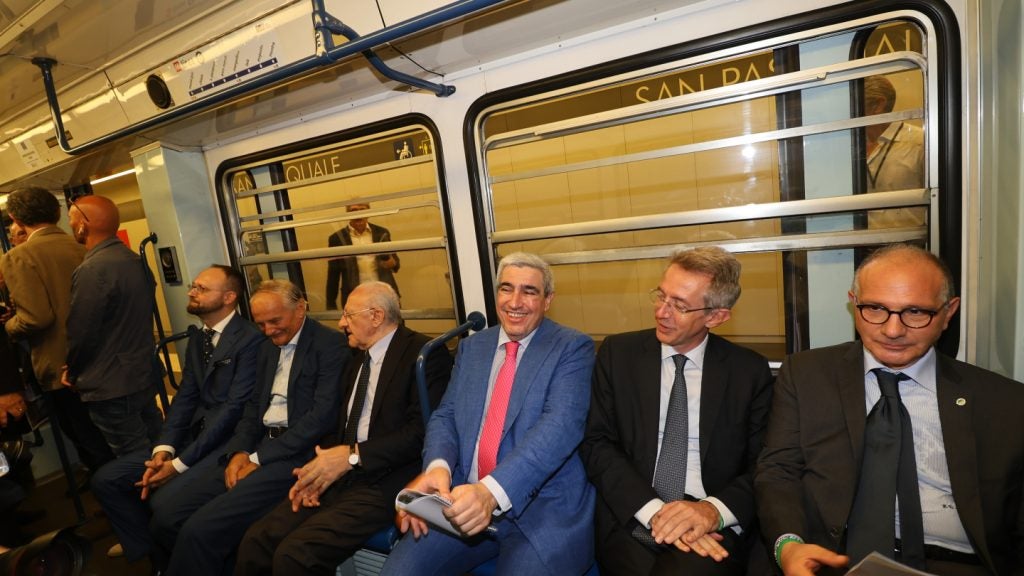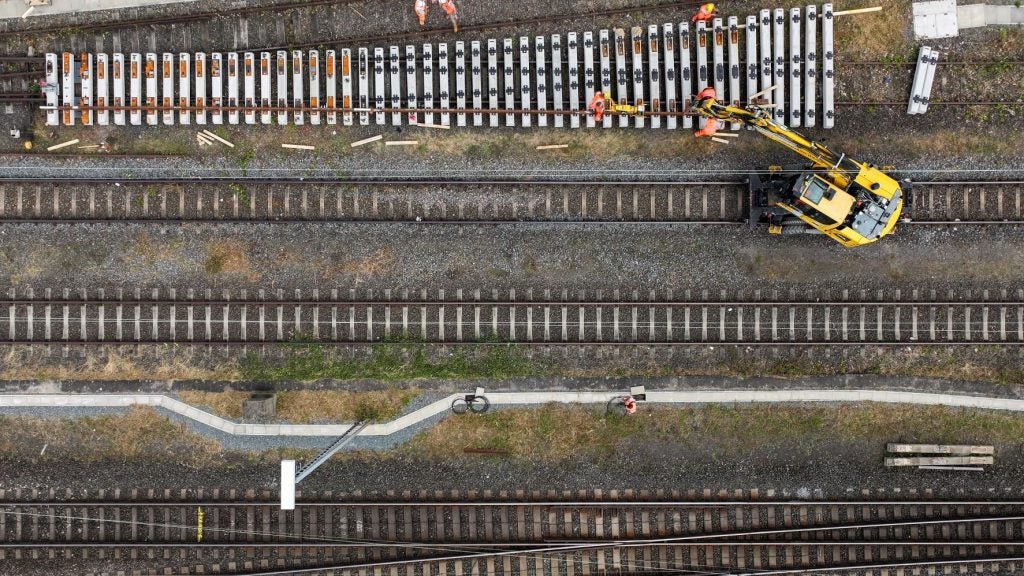In early December 2009, the Climate Express rolled into Copenhagen’s Central Station. On board, the train was full of delegates heading to the United Nation (UN)’s climate change conference, all hopeful that the 192 countries in attendance would come together to form legally binding carbon dioxide (CO2) reduction measures to replace those formed at Kyoto in 1997. Only this time, they hoped, transport would also be part of the deal.
The carbon-neutral train was a symbol of the strategic place rail transport should now take in tackling climate change, according to International Union of Railways director general Jean-Pierre Loubinoux. “This train is a symbol that railway can be the backbone of a new, more CO2-friendly transport policy,” he said.
Pre-conference discussions over what measures should be enforced started long before the train set off from Kyoto in November. During the journey statements were collected from thousands of people to be presented to the conference’s Danish hosts on how they think the transport sector’s carbon footprint can be reduced.
But if the last 12 years are anything to go by, the implementation of strict measures aimed at cutting transport’s emissions may be in short supply. For example, in 1997 the International Maritime Organization was tasked with coming up with a strategy to limit emissions from the shipping industry, which pumps out 870 million tonnes of CO2 each year – a figure that is more than the total emissions from the UK or Canada. To date it has failed to agree on a single measure.
Rail and road schemes
Despite being left outside the Kyoto Protocol, climate change is still having an effect on the road and rail industries. Recognising this, schemes in each sector are underway to make both modes of transport more eco-friendly. The effects of global warming is most clearly pronounced in mountainous Tibet where permafrost on which the railway tracks have been built may melt because of global warming.
How well do you really know your competitors?
Access the most comprehensive Company Profiles on the market, powered by GlobalData. Save hours of research. Gain competitive edge.

Thank you!
Your download email will arrive shortly
Not ready to buy yet? Download a free sample
We are confident about the unique quality of our Company Profiles. However, we want you to make the most beneficial decision for your business, so we offer a free sample that you can download by submitting the below form
By GlobalDataThe Chinese government is reported as saying it believes the railway will be safe to use for another 40 years. However, any increase in temperature levels could prove this statement to be over-confident.
India’s rail is doing its best to make sure that does not happen. In February 2009, the Delhi metro became the first to be registered for carbon credits from the UN. The German carbon credit validation firm TUVNORD has certified that the rail system has prevented 90,000t of CO2 from being emitted because of its regenerative braking system.
The metro saves on energy usage by about 30% by powering trains with energy garnered during the braking process. The system uses three traction-phased motors to produce electricity when brakes are applied. This energy is then sent to the electricity lines to reduce the train’s energy requirement.
In Europe, green design has taken on another form with tram tracks being laid on grass pitches throughout urban areas. Schemes in Barcelona, Frankfurt and the Czech Republic are all using grass as bedding for rail tracks as a way to reduce pollution, mitigate the urban heat island effect and provide a permeable surface for storm water.
On the right road
Ahead of the Copenhagen conference there was a growing trend in Denmark that green was en vogue and as such a push towards electric cars took hold. Research by the Danish Energy Association found that if 80% of Danes were to drive electric cars and homes were heated by pumps, the country would become carbon neutral.
In February the Danish Ministry of Transport set up a Centre for Green Transport to establish initiatives to reduce CCO2 emissions from transport, including energy requirements for taxis and promoting eco-friendly aerodynamics for larger vehicles.
The conference provided a perfect backdrop for Better Place to promote its electric-charging network and battery swapping-station concept. Better Place Denmark is working with utility Dong Energy on a €103m scheme to have an e-car charging infrastructure in place in the next few years. At Copenhagen, it showcased its prototype collaboration with Renault, the Fluence ZE e-cars to be deployed on these grids.
It isn’t just cars that can help in cutting emissions, as the roads themselves can also be made eco-friendly. In June, European transport commissioner Antonio Tajani said road charging should play a bigger role in managing Europe’s transport industry. As Tajani launched the EU’s transport policy from 2010 he said that those who cause pollution should pay an extra price.
“Money should not flow generally into national budgets, but should be earmarked and ring-fenced for transport infrastructure,” Tajani said.
Policies for change
Growing greenhouse emissions and changing energy resources were two of the six key challenges the European Commission said it had to tackle going forward.
In addition, around the world the use of recycled materials in road construction is gaining force. Not only do these roads tend to be built cheaper than traditional construction methods, but by cutting back on energy-intensive activities they can also offset harmful emissions. A road in central Auckland, New Zealand, has just been built from a 100%-recycled material known as millings, a combination of old roads and bitumen recovered from previous road repairs on the city’s streets.
It is clear that even without top-down policies set by the UN, road and rail are each doing their bit to cut down on some of the most polluting aspects of their characters. Mandatory directives can not hurt these efforts, but what is most needed is investment into innovations that will ultimately make the real difference.







